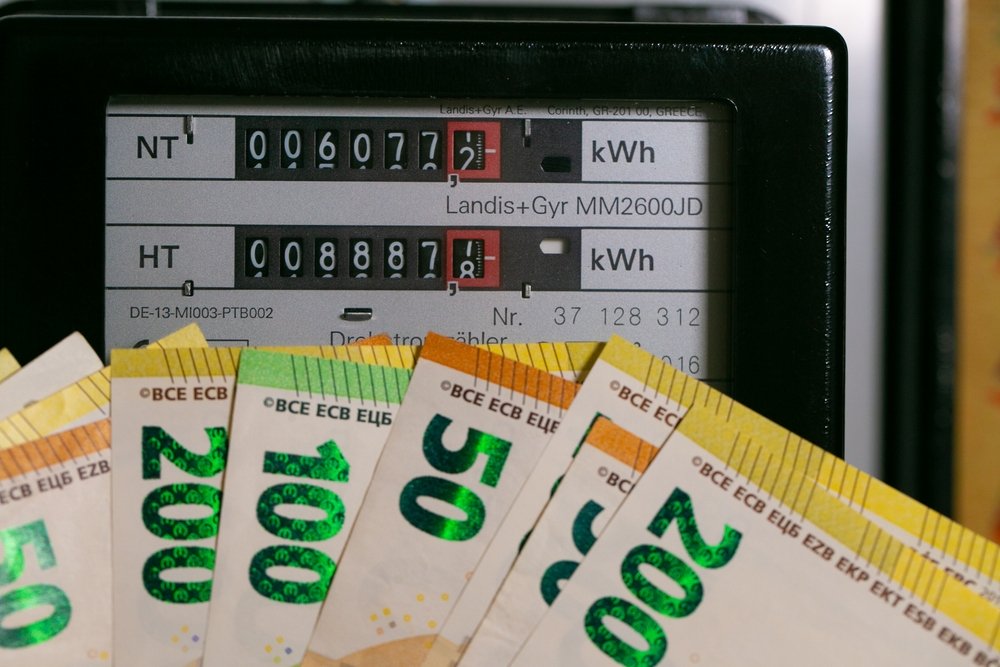High living costs are putting massive pressure on many households. Energy prices, in particular, are devouring ever-increasing portions of income. In 2024, around 4.2 million people lived in households that could not pay their electricity and gas bills. According to the Federal Statistical Office, this corresponds to about five percent of the population. This leaves little financial leeway for unexpected expenses. (berliner-zeitung: 16.09.25)
Utility costs and rents are exacerbating the situation
Households in rented apartments, in particular, are quickly falling behind on their energy bills. In addition to electricity and gas, rising utility costs are also putting a strain on budgets. Costs for water, waste disposal, building cleaning, and elevator maintenance rose by an average of four percent in August 2025. While consumer prices rose overall by 2.2 percent, rents and utility costs rose significantly more sharply.

Although energy prices fell by 2.3 percent in August, the level remained high. Electricity, gas, heating oil, and district heating remain a major burden. Despite slight relief, many households are unable to build up reserves because other expenses are becoming increasingly expensive.
Households without reserves for unexpected expenses
A lack of reserves poses another problem. Around 32.2 percent of the population were unable to finance unplanned costs exceeding €1,250 in 2024. Last year, this figure was 35 percent, but despite a slight improvement, the situation remains tense. Low-income households are particularly affected by this problem.
Repairs, additional payments, or urgent purchases quickly become a hurdle. Those who also bear high rents and utility costs have little chance of building up substantial reserves. This increases the risk of permanent indebtedness.
Citizens’ income is not sufficient to cover electricity costs
The situation is even more difficult for people who receive citizens’ income. The comparison portal Verivox emphasized: “With the freeze on the increase approved for 2026, the share of the citizen’s allowance for electricity will remain too low next year to cover average costs.” Single people will be short an average of €56 per year.
While rent and heating costs are covered by job centers up to a certain limit, electricity costs must be paid entirely from the standard rate. This is €563 per month for single people. Children receive between €357 and €471 depending on their age. This leaves many citizen’s allowance recipients in financial difficulty despite government support.
Freeze-round increases the burden
There was no adjustment to the citizen’s allowance in 2025, after the standard rates had increased in previous years. The renewed freeze for 2026 means the situation will become even worse. While rents and utility costs are rising, the level of support remains the same.
For millions of households, this means that financial bottlenecks are becoming permanently entrenched. Energy prices, utility costs, and stagnating standard rates create a dangerous mix. Those who already earn little have little chance of building up savings or avoiding debt.
